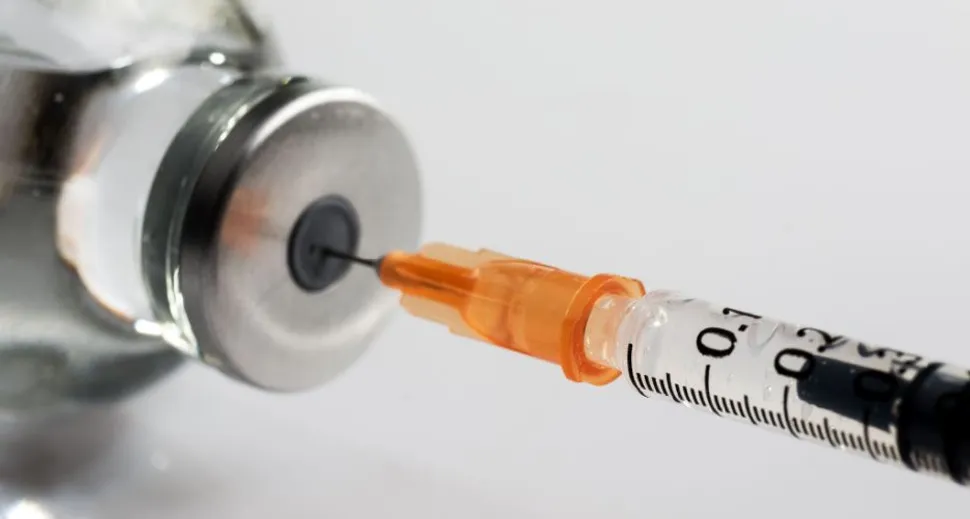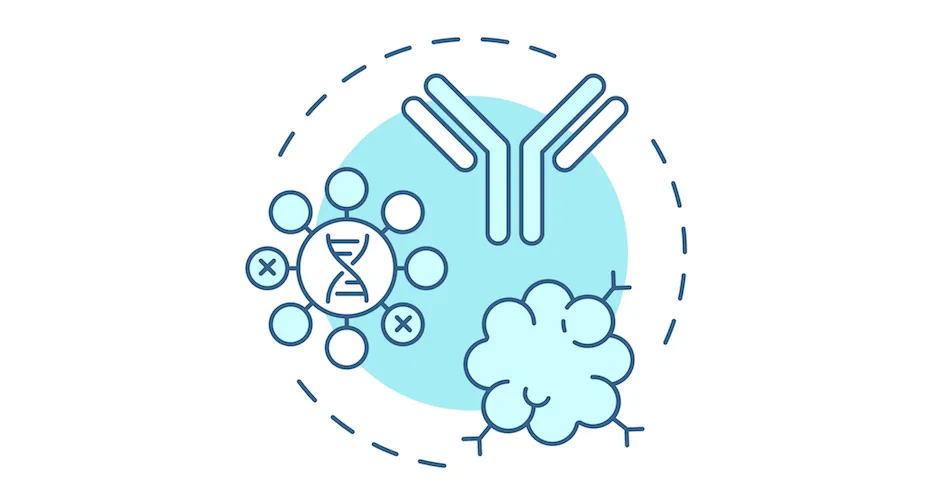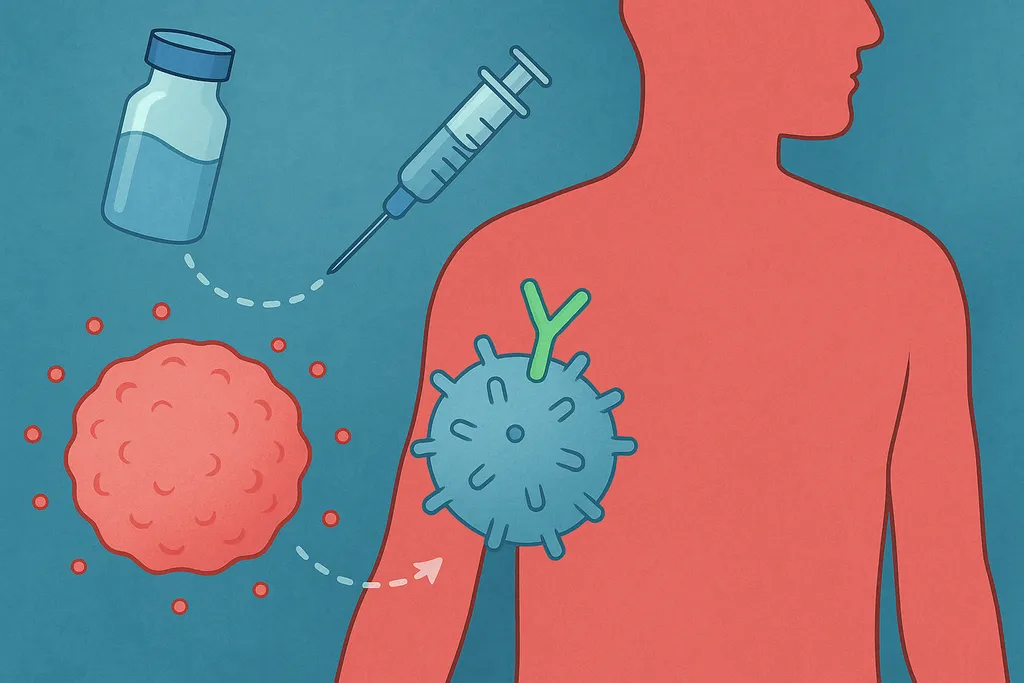For DLBCL Patients Who Have Run Out of Options: Tafasitamab and Lenalidomide

Diffuse large B-cell lymphoma (DLBCL) represents approximately 24% of all new B-cell non-Hodgkin lymphoma diagnoses each year in the United States. The Standard of treatment is normally, “rituximab combined with cyclophosphamide, doxorubicin, vincristine, and prednisone; however, 30-40% of patients experience relapsed or refractory (R/R) disease.”
High-dose chemotherapy (HDC) and autologous stem cell transplantation (ASCT) can improve outcomes for patients with R/R disease. However, many patients are ineligible for either treatment, leaving patients with few options to battle this disease.
New Treatment Combination
Tafasitamab-cxix (Monjuvi) in combination with lenalidomide is a promising new treatment for adult patients with R/R DLBCL.
- CD19 is expressed on the surface of B-lymphocytes or malignant B-lymphocytes. Tafasitamab is an antibody that has the ability to attach itself to CD19 malignant cells and destroy them.
- Tafasitamab can also “enhance the killing of those malignant cells through facilitating the immune system to recognize those cells.”
- Many types of immune cells, such as natural cancer-killing cells, have enhanced activity when tafasitamab is employed.
- When combined with lenalidomide, both medications work together within the immune system to eradicate cancer cells.
Side Effects
This medication combination is administered intravenously. It may lower some types of blood cells in your body resulting in frequent bleeding and infections. Other common side effects, which may resolve during treatment, are:
- Back pain or muscle spasms
- Burning, crawling, itching, numbness, prickling or tingling feelings
- Constipation
- Difficulty moving, joint or muscle pain
- Loss of taste
- Redness or skin warm to the touch
“Patients received coadministered intravenous tafasitamab (12 mg/kg) and oral lenalidomide (25 mg/day) for up to 12 cycles (28 days each), followed by tafasitamab monotherapy (in patients with stable disease or better) until disease progression.”
Tafasitamab and Lenalidomide
The combination of tafasitamab and lenalidomide has shown to be an effective treatment option for patients who are transplant ineligible and have relapsed or refractory disease 12 months after first-line therapy.
Diffuse large B-cell lymphoma (DLBCL) represents approximately 24% of all new B-cell non-Hodgkin lymphoma diagnoses each year in the United States. The Standard of treatment is normally, “rituximab combined with cyclophosphamide, doxorubicin, vincristine, and prednisone; however, 30-40% of patients experience relapsed or refractory (R/R) disease.”
High-dose chemotherapy (HDC) and autologous stem cell transplantation (ASCT) can improve outcomes for patients with R/R disease. However, many patients are ineligible for either treatment, leaving patients with few options to battle this disease.
New Treatment Combination
Tafasitamab-cxix (Monjuvi) in combination with lenalidomide is a promising new treatment for adult patients with R/R DLBCL.
- CD19 is expressed on the surface of B-lymphocytes or malignant B-lymphocytes. Tafasitamab is an antibody that has the ability to attach itself to CD19 malignant cells and destroy them.
- Tafasitamab can also “enhance the killing of those malignant cells through facilitating the immune system to recognize those cells.”
- Many types of immune cells, such as natural cancer-killing cells, have enhanced activity when tafasitamab is employed.
- When combined with lenalidomide, both medications work together within the immune system to eradicate cancer cells.
Side Effects
This medication combination is administered intravenously. It may lower some types of blood cells in your body resulting in frequent bleeding and infections. Other common side effects, which may resolve during treatment, are:
- Back pain or muscle spasms
- Burning, crawling, itching, numbness, prickling or tingling feelings
- Constipation
- Difficulty moving, joint or muscle pain
- Loss of taste
- Redness or skin warm to the touch
“Patients received coadministered intravenous tafasitamab (12 mg/kg) and oral lenalidomide (25 mg/day) for up to 12 cycles (28 days each), followed by tafasitamab monotherapy (in patients with stable disease or better) until disease progression.”
Tafasitamab and Lenalidomide
The combination of tafasitamab and lenalidomide has shown to be an effective treatment option for patients who are transplant ineligible and have relapsed or refractory disease 12 months after first-line therapy.

about the author
Lisa Foster
Lisa Foster is a mom of 3 daughters and 1 perfect grandchild, a puzzle lover, writer and HealthTree advocate. She believes in the mission of the foundation and the team that builds it forward. She calls Houston, Texas home.
More on Treatment Advances
Trending Articles
Get the Latest Large B Cell Lymphoma Updates, Delivered to You.
By subscribing to the HealthTree newsletter, you'll receive the latest research, treatment updates, and expert insights to help you navigate your health.
Together we care.
Together we cure.
3x Faster.










